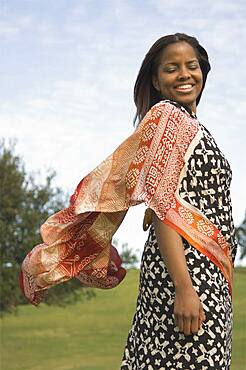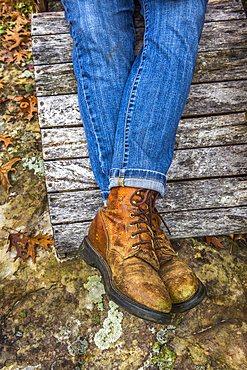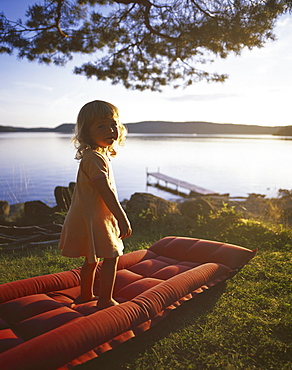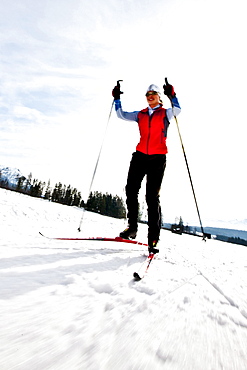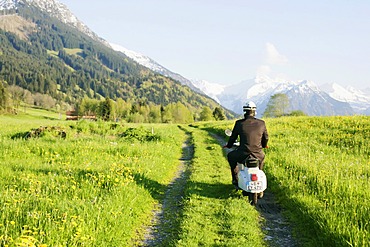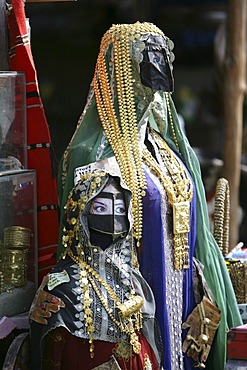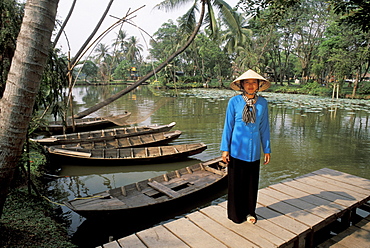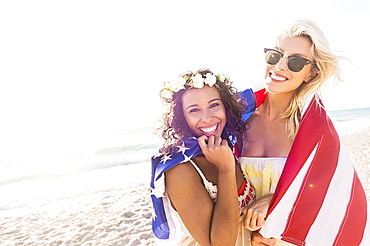Results
11 results found
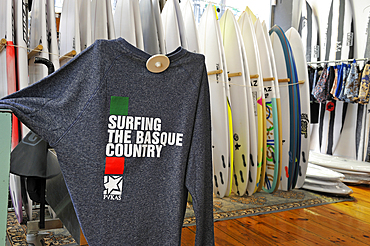
Pukas, streetwear and surf shop, Nagusia street, Old Town, San Sebastian, Bay of Biscay, province of Gipuzkoa, Basque Country, Spain, Europe
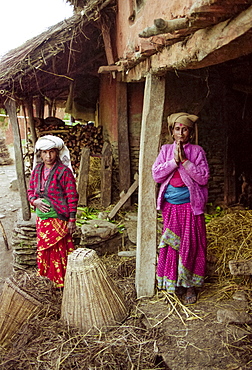
Namaste welcome greeting from women in traditional clothing at home in the foothills of the Himalayas at Pokhara in Nepal
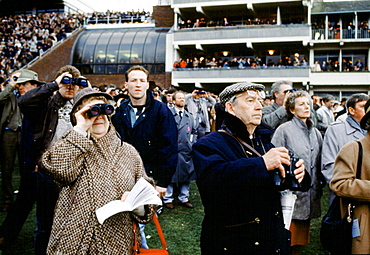
Spectactors with binoculars in front of grandstand at Cheltenham Racecourse for the National Hunt Festival of Racing, UK

Waiting for the big race. Spectactors in the grandstand at Cheltenham Racecourse for the National Hunt Festival of Racing, UK

Tic-Tac man with white gloves and old method signals bookmakers odds for betting at Cheltenham Racecourse National Hunt Festival of Racing, UK

Winner being led to Winner's Enclosure at Cheltenham Racecourse for the National Hunt Festival of Racing, UK
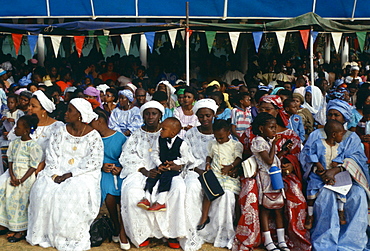
Gambians smartly dressed sitting with their children while watching an Independence Day parade in Banjul, The Gambia, West Africa.
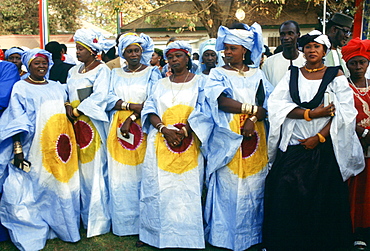
Gambian women smartly dressed while atttending an Independence Day reception at the State House in Banjul, The Gambia, West Africa.

Spectactors in front of grandstand at Cheltenham Racecourse for the National Hunt Festival of Racing, UK
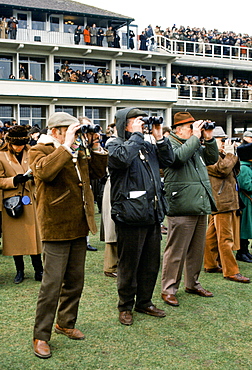
Spectactors with binoculars in front of grandstand at Cheltenham Racecourse for the National Hunt Festival of Racing, UK

Mexican aztec dress gods at Grand Palladium White Sand Resort and Spa in Riviera Maya, Yucatan Peninsula, Quintana Roo, Caribbean Coast, Mexico.
Aztec clothing was generally loose fitting and did not completely cover the body. When the Spanish arrived in Mexico, the people were surprised to see them in their full armour, with only their faces exposed.
Aztec clothes were generally made of cotton (which was imported) or ayate fiber, made from the Maguey Cactus (also called the Century Plant or American Aloe). Women would weave the fibers into clothing, a task girls were taught as young teenagers. Because of their vast trading network, the Aztecs were able to make use of a beautiful array of dyes, creating the brilliant

Mexican aztec dress gods at Grand Palladium White Sand Resort and Spa in Riviera Maya, Yucatan Peninsula, Quintana Roo, Caribbean Coast, Mexico.
Aztec clothing was generally loose fitting and did not completely cover the body. When the Spanish arrived in Mexico, the people were surprised to see them in their full armour, with only their faces exposed.
Aztec clothes were generally made of cotton (which was imported) or ayate fiber, made from the Maguey Cactus (also called the Century Plant or American Aloe). Women would weave the fibers into clothing, a task girls were taught as young teenagers. Because of their vast trading network, the Aztecs were able to make use of a beautiful array of dyes, creating the brilliant
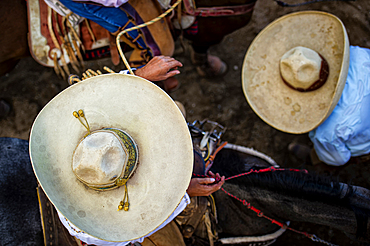
The participants in the charreada wear traditional charro clothing, including a closely fitted suit, chaps, boots, and a wide brim sombrero,
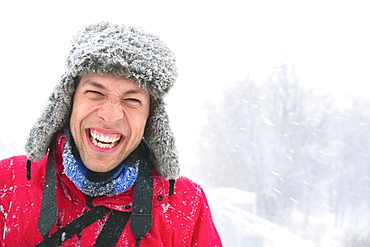
A Young Man Laughing A He Wears A Fur Hat Covered In Snow On A Snowy Day, Eagan, Minnesota, United States of America
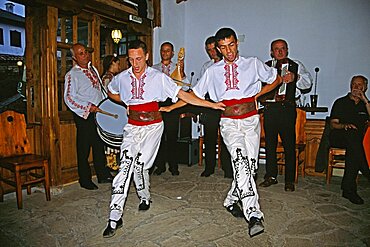
BULGARIA Arbanassi Male dancers in national costume dancing. Travel Tourism Holiday Vacation Explore Recreation Leisure Sightseeing Tourist Attraction Tour Arbanassi Bulgaria Bulgarian East Eastern Europe European Entertain Entertainer Entertainment Entertaining Folklore Smiling Smile Happy Happiness National Costume Calendar Festival Festive Tradition Traditional Culture Cultural Ethnic Folk Group Man Men Male Gentleman Vivid Vibrant Country Dress Community Village Local Floor Show Dance Dancing Dancer Dancers Restaurant Embroidery Embroidered Sewing Sewn Sew Clothes Clothing Garments Garment Adorn Adornment Smart Fashion Fashionable Wear Wearing Worn Detail Detailed Extrovert Activity Active Pattern Patterned Drum Drummer Music Musical Musician Band Contented Eastern Europe


